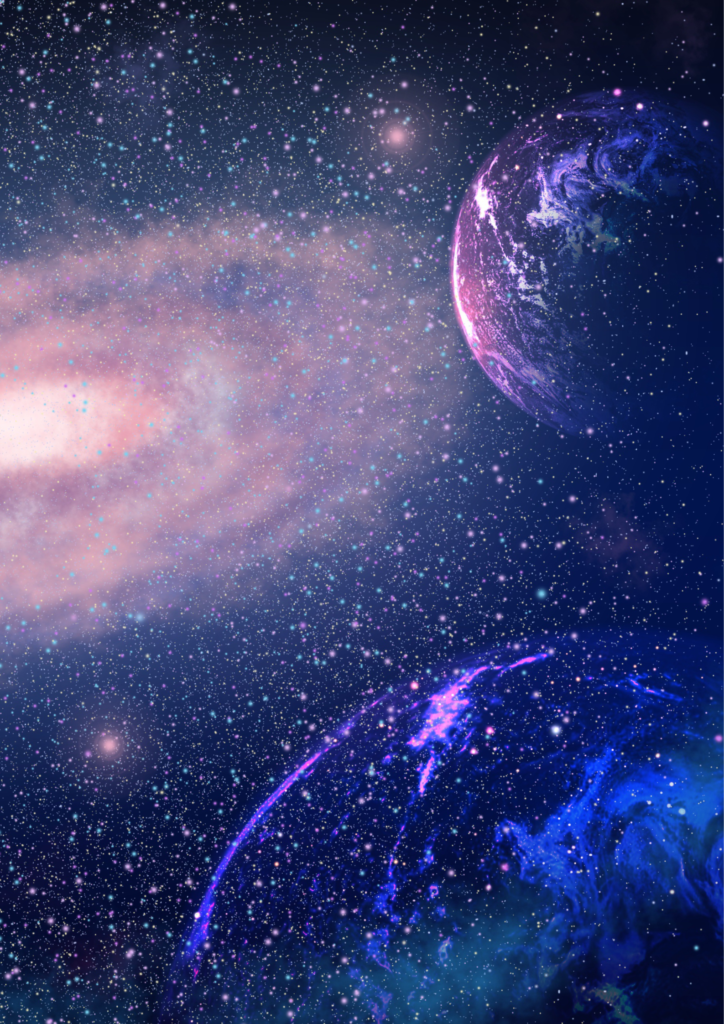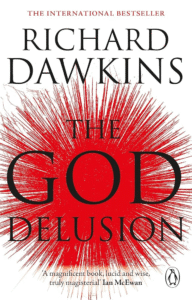Navigating the Multiverse: Infinite Possibilities, One Decision at a Time

The notion of parallel universes has long captivated both the scientific community and the realm of science fiction. Consider a universe where each choice you make leads to the creation of numerous alternate selves, each embarking on distinct paths and outcomes. This intriguing concept lies at the core of the Many Worlds Interpretation (MWI) within quantum mechanics. In this exploration, we will dive into the enthralling concept of parallel universes, examining its implications, debates, and the essence of what we perceive as reality.
The Many Worlds Interpretation
The MWI presents a challenge to our conventional perception of the cosmos. Introduced by physicist Hugh Everett in 1957, it posits that the universal wavefunction is an objective reality, eliminating the need for wave function collapse. Every conceivable quantum measurement outcome materializes in its own “world” or universe. Our reality is seen as a tree that continually bifurcates into numerous branches, each symbolizing a different quantum possibility.
Quantum Mechanics and Superposition
Understanding the MWI necessitates a basic understanding of quantum mechanics’ oddities. Particles at the subatomic scale exist in a superposition state—a combination of all potential positions or states. It’s only upon observation that a particle settles on a state, causing the wave function to collapse. This strange behavior—objects acting differently when measured—is a hallmark of quantum peculiarity.
The Expanse of Many Worlds
Envision an immense cosmic tree, with branches depicting every possible quantum event. Each choice you make—like turning left instead of right, or choosing coffee over tea—gives birth to new universes. In one branch, you’re drinking coffee; in another, you’ve chosen tea. These parallel worlds exist concurrently, each housing a version of you, endlessly diverging as choices and outcomes proliferate.
Quantum Decoherence
Quantum decoherence offers an explanation for the subjective experience of wave function collapse. Interactions with the environment lead to entanglement, rendering the superposition of states unobservable. Although you experience a singular outcome, innumerable other versions of you persist in separate universes.
Debates and Consequences
The MWI upends our traditional understanding of reality. It’s a polarizing interpretation of quantum mechanics, with some physicists advocating for its plausibility and others dismissing it as nonsensical. Figures like David Deutsch and Max Tegmark are among its proponents. If the MWI holds true, it disrupts our conventional notions of causality and individuality, suggesting a multiverse filled with alternate selves.
Moral Considerations
The MWI introduces ethical complexities. If our choices lead to the creation of parallel universes, do we need to contemplate the ramifications in those other worlds? Is our moral responsibility confined to the reality we observe? The ethical labyrinth of quantum mechanics compels us to consider the broader implications of our decisions across the multiverse.
Conclusion
The concept of parallel universes remains an alluring subject, straddling the line between scientific inquiry and imaginative speculation. Whether you’re a scientist deliberating over wave functions or a visionary contemplating endless versions of yourself, the idea of a multiverse beckons us to ponder the infinite possibilities that lie beyond our singular existence. So, as you decide between coffee and tea, bear in mind: in another corner of the multiverse, another version of you is delighting in the tea you didn’t choose here.




















